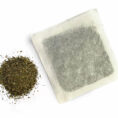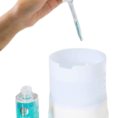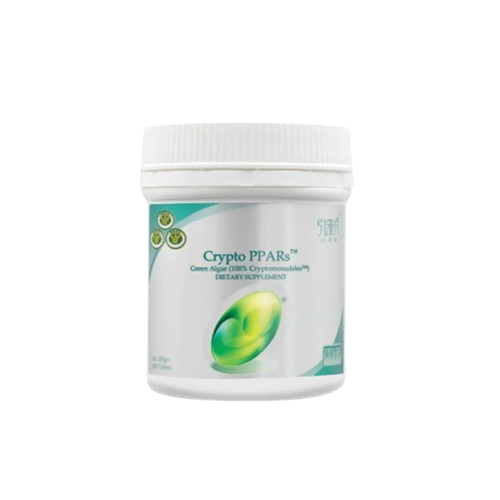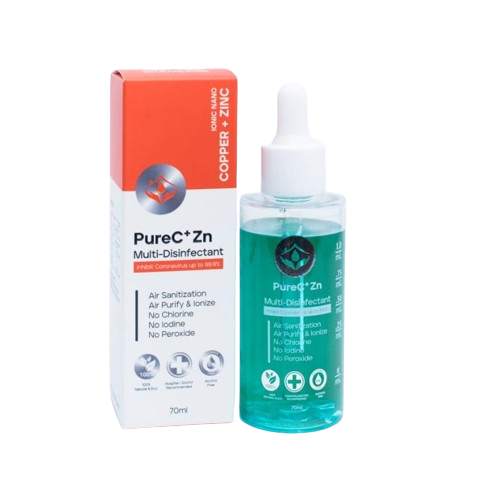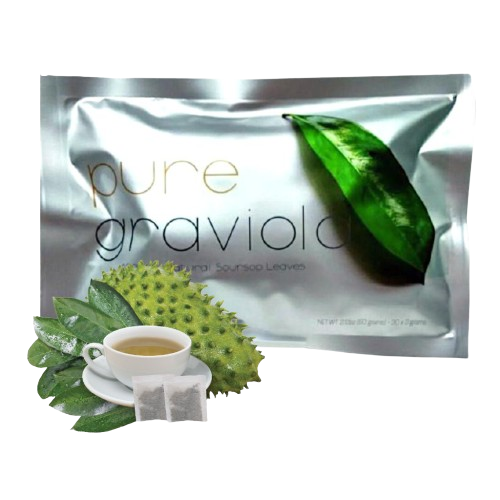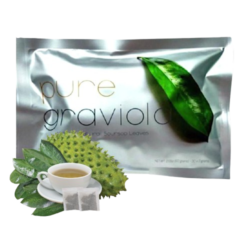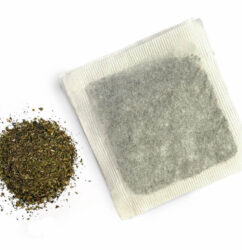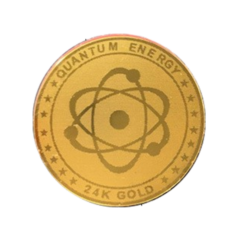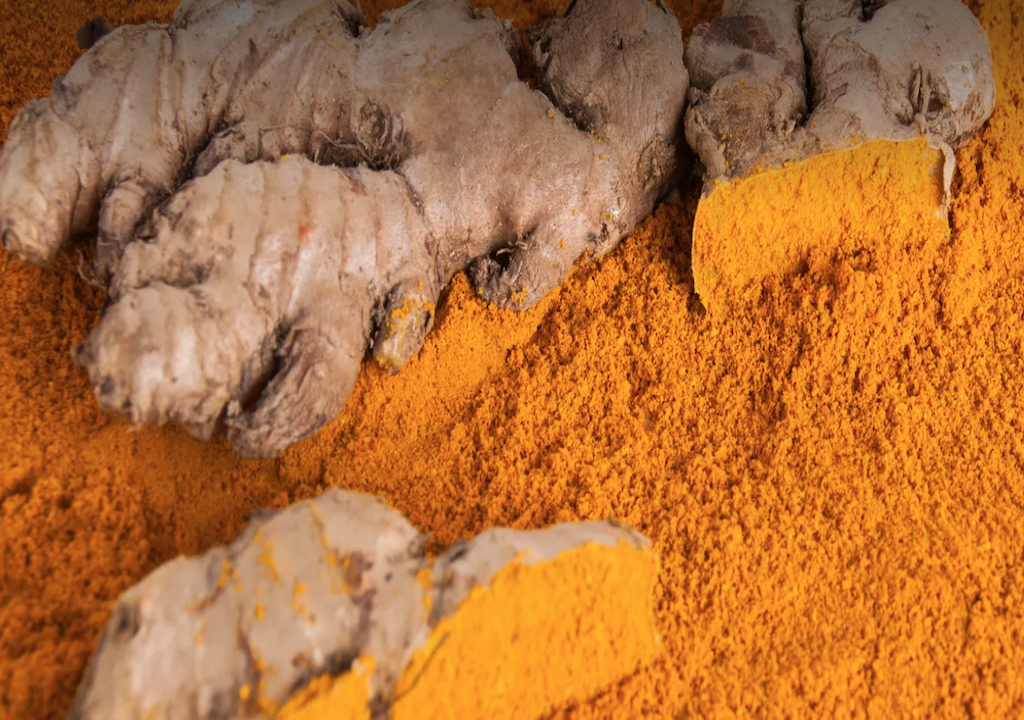Patented Longvida® extract is standardized to deliver free curcumin to the brain and target tissues. Longvida Optimized Curcumin® was developed by university neuroscientists to bypass initial hydrolysis and deliver unglucuronidated (free) curcumin. Longvida Optimized Curcumin® is the Cognitive Curcumin of Choice®.
Key Attributes:
Curcuma longa extract
Global intellectual property & multiple patents
Numerous awards globally for outstanding research initiatives
Clinically researched & numerous published studies
Curcuma longa
Longvida®
Applications: Food & Beverage, Personal Care, Animal Health, Ingestibles

“As with any ingredient experiencing impressive market growth, there are those who will attempt to profit from low-quality adulterated ingredients.”
Jacqueline Rizo, digital engagement and communications specialist at Stratum Nutrition
The Sustainable Turmeric Program
Originally a pilot program in 2019, the Sustainable Turmeric Program, or STP, was developed as a way to raise awareness in the farming community about sustainable cultivation practices while maintaining seed-to-extract traceability. Through cooperation with our manufacturing partners, the Sustainable Turmeric Program aims to redefine the plans for farmers to secure reliable sources of income while maintaining the sustainability of botanicals, local ecology, and our partners responsible for growing and harvesting the plants used in our proprietary ingredients.

The health and purity of the soil used to cultivate our botanicals are heavily considered as well. Soil testing is performed periodically to assess the presence of essential minerals and compounds within the soil, while regenerative agricultural practices are used to restore and revitalize the soil, promoting its biodiversity and nurturing its longevity.
Mission
To develop and provide ingredient solutions emphasized by botanical integrity, clinically backed research, sustainability, traceability, and transparency. Through case studies highlighting the efforts of individual botanicals, such as the Sustainable Turmeric Program, we continue to pursue this mission and advocate for the industry and sustainable initiatives.

Why Longvida Optimized Curcumin®?
Formulating with a top-selling herbal ingredient like curcumin requires due diligence in sourcing to steer clear of adulteration and potency concerns.
Say “curcumin,” “turmeric” or “curry” to most people, and many will recognize it is a spice and supplement that is “good for my health.” A growing number of curious consumers will research it to understand why before they buy.
The mother plant of curcumin, turmeric (Curcuma longa), is the second-best-selling herbal supplement in the U.S. across all market channels, according to the American Botanical Council’s 2020 Herb Market Report, which uses SPINS data. Many consumers, however, may use adulterated curcumin, believing they will obtain the claimed structure/function benefits promised and anticipated.
“The explosive growth has brought to light concerns surrounding adulteration, clean labels, sustainability and traceability of ingredients”
Curcumin, is an “overwhelmingly crowded” space, and with no signs of that demand subsiding, some finished product manufacturers may turn to the most readily available and cheaper sources; this tends to result in a less reliable, inconsistent supply chain.
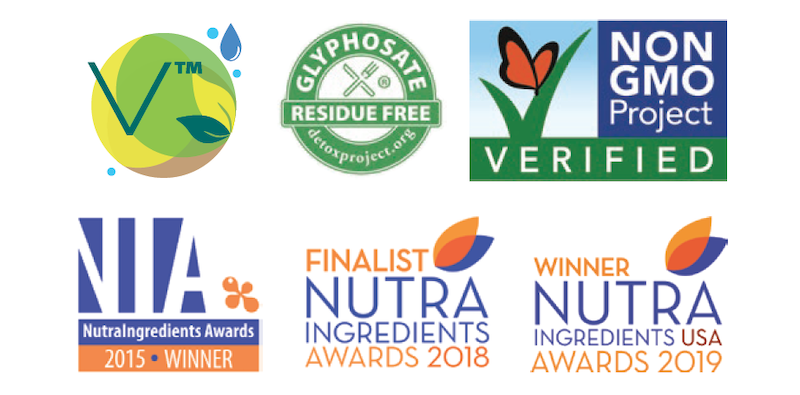
“Turmeric is likely one of the spices most frequently adulterated because of its widespread use and high cost.”
Dr. Ezra Bejar, Ph.D, the Bulletin’s author,
As a raw material, C. longa’s alluring ochre-orange hue can conceal additives, such as starches and dyes, according to a Botanical Adulterants Bulletin—published as part of the Botanical Adulterants Prevention Program (BAPP) run by the American Botanical Council (ABC), American Herbal Pharmacopoeia (AHP) and the National Center for Natural Products Research (NCNPR) at the University of Mississippi, Oxford.
C. longa has also been frequently blended with its close cousin, the wild-grown Curcuma zeodaria, resulting in an adulterated product. According to the Bulletin’s author, Ezra Bejar, Ph.D., “Turmeric is likely one of the spices most frequently adulterated because of its widespread use and high cost. In some situations, the use of C. zedoaria could be a case of mistaken identity and qualified to be an accidental adulteration due to human error. But the uses of cassava, talc powder, starches, yellow dyes, minerals, and synthetic curcumin are clearly intentional and constitute economically motivated adulteration.”
Authenticity testing
“It is critical to choose a method of analysis that is appropriate and fit for purpose for evaluating the material.”
Dr. Holly E. Johnson, Ph.D., chief science officer, American Herbal Products Association (AHPA).
Turmeric and curcumin have been popular dietary ingredients for some time, and there are many validated standard methods to evaluate identity and compositions. These include the Association of Official Analytical Chemists (AOAC) Official Methods of Analysis, and also a series of monographs from United States Pharmacopeia (USP), according to Holly E. Johnson, Ph.D., chief science officer, American Herbal Products Association (AHPA). “It is critical to choose a method of analysis that is appropriate and fit for purpose for evaluating the material,” she underscored.
Curcumin ingredients are composed primarily of three main compounds (curcumin, demethoxycurcumin, and bisdemethoxycurcumin), and many suppliers set specifications for the compounds to be present in a specific ratio to indicate authenticity. “It is also important to build a strong supplier/ingredient qualification program with a focus on authenticity verification and appropriate methods to support identity specifications,” she added.
Jacqueline Rizo, digital engagement and communications specialist at Stratum Nutrition, observed that a challenge in producing and marketing curcumin has been the growth of synthetic and adulterated versions of the natural ingredient derived from the turmeric rhizome. “As with any ingredient experiencing impressive market growth, there are those who will attempt to profit from low-quality adulterated ingredients,” she commented. “Fortunately, the identity of true, natural curcumin can be substantiated by such methods as carbon-14 dating.”

A recently published case study of turmeric authenticity found that “only four out of the 14 samples analyzed supported authentic label claims.” [Food Chem. 2022;370:131007.] This study employed an orthogonal testing strategy, which combined the use of carbon-14 testing and high-performance liquid chromatography (HPLC) analyses to discern the presence of synthetic curcumin through curcumin-to-curcuminoids value.



